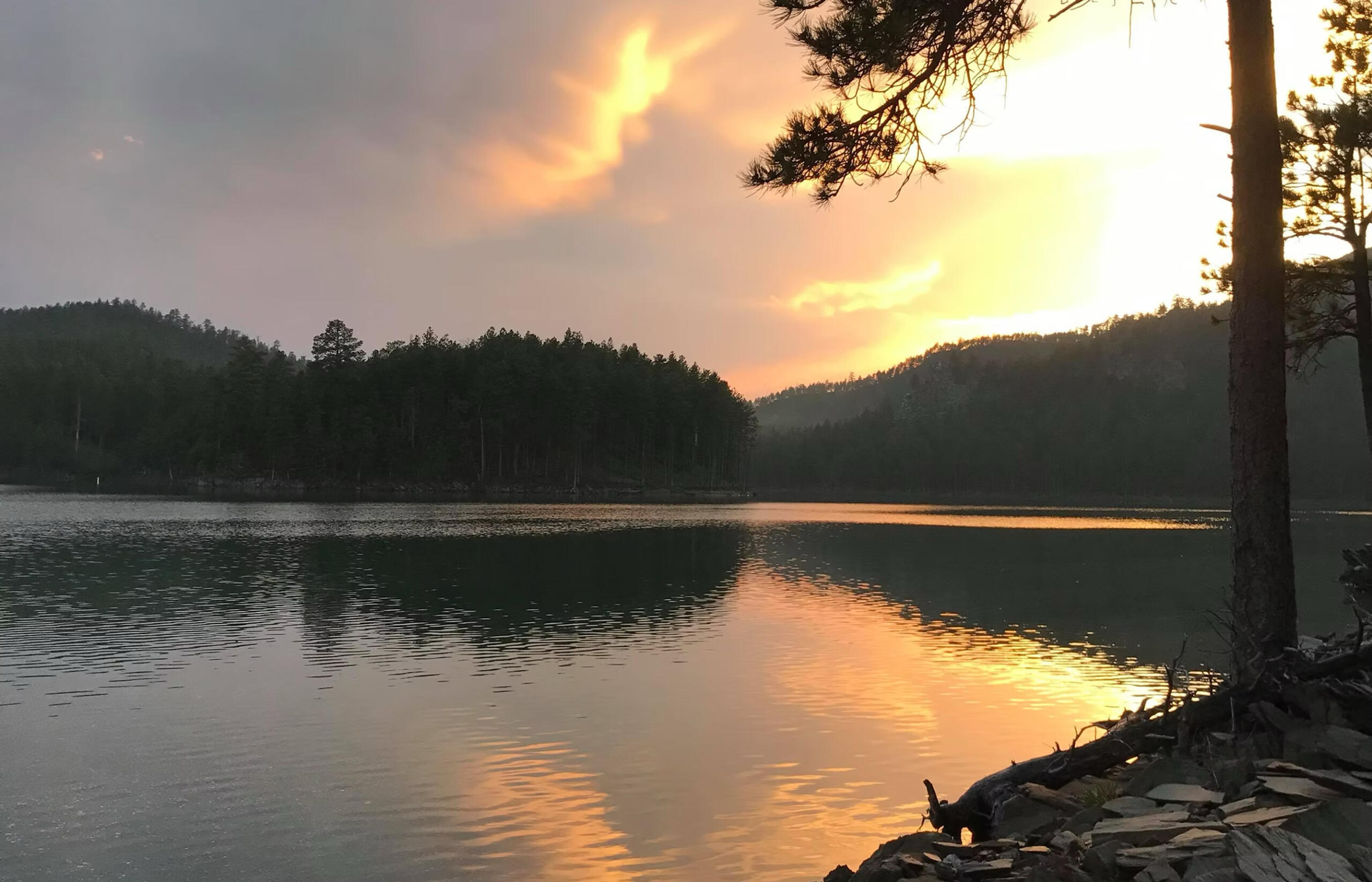Protect Pactola Reservoir
A grassroots organization committed to protecting our environment, our water supply, our recreation areas, and one of the crown jewels of the Black Hills.Mining exploration and large scale mining in the Upper Rapid Creek watershed of the Black Hills is not acceptable. Rapid Creek and Castle Creek are the source for Pactola Reservoir and large scale mining in this watershed will not be tolerated. History has proven that any large scale hard rock mining in this watershed will jeopardize and contaminate the creeks, the reservoir, and the aquifers that supply water to our communities downstream.We the residents of Rapid City, Ellsworth Air Force Base, reservations, smaller communities, and agriculture producers as it flows to the Cheyenne and Missouri Rivers depend upon this water. Our mission is to protect OUR watershed.

Some important details
Mining & Water
The last major gold mine to close in the Black Hills – the Gilt Edge Mine — went bankrupt, and taxpayers are paying for the cleanup. The estimated cost is $200 million, and the government is not sure if that will solve the problem. According to the Environmental Protection Agency, the former mine is now a Superfund site, one of the nation’s most polluted sites.In 2019, the South Dakota School of Mines and Technology had only 7 graduates with mining degrees. Mining is not the main driver at the university.In 2017, mining, quarrying, and oil/gas extraction together represented only 1% of employment in Pennington County, according to the Census Bureau. Mining is a very minor part of western SD's economyThe upper Rapid Creek watershed supplies drinking water to Rapid City, Ellsworth Air Force Base, Rapid Valley, Box Elder, and other smaller communities.The retail value of water produced by Rapid City is 72 cents per gallon, per Dr. Jerry Wright, School of Mines graduate. This means the City’s water is worth $2.9 billion per year.Rapid City’s water would become worthless if contaminated by mining in the upper Rapid Creek watershed. The current water treatment process is not designed to remove mining contaminants, and upgrading it to that level would cost millions of dollars.